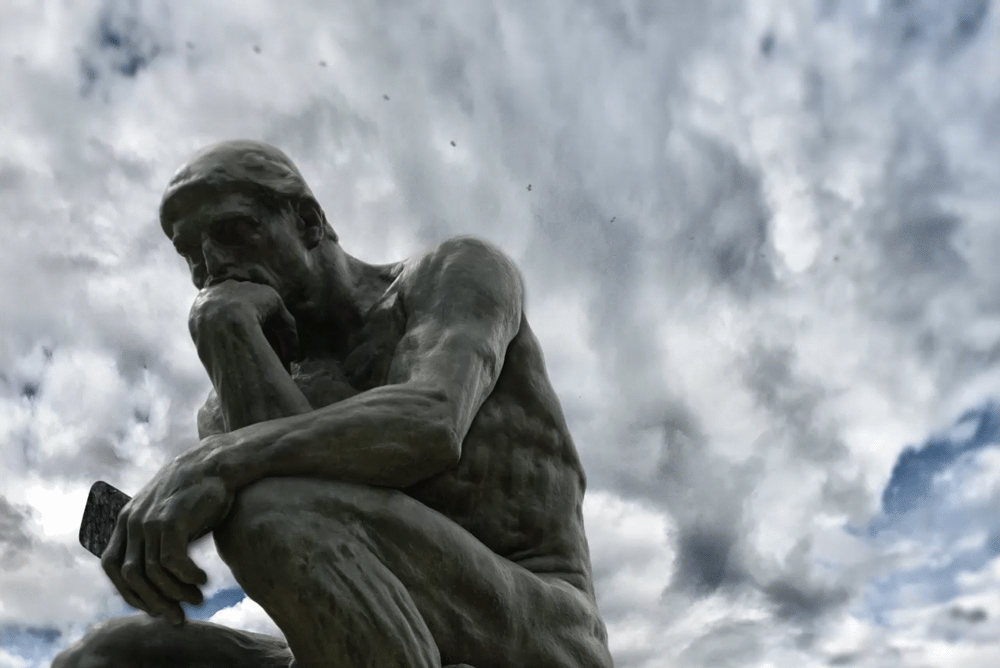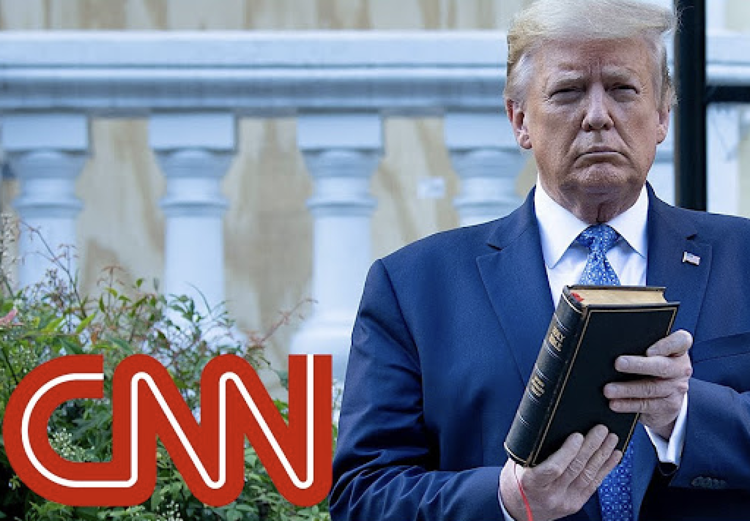Here’s a question for you: When it comes to defining the doctrines of blue-zip-America, which is more important — the news pages of The New York Times or the newspaper of record’s op-ed pages?
In the old days, I would have said the op-ed pages.
But that was back when most of the Times news desks were, to one degree or another, still part of (to one degree or another) the American Model of the Press (background in this .pdf file). That was certainly the case in the era of the late, great A.M. Rosenthal.
At this moment in time, there are signs of actual diversity — even tension — in the op-ed pages and maybe, just maybe, signs of a few glowing embers of editorial independence in the news papers.
But let’s still assume — as I argued in my Religion & Liberty essay, “The Evolving Religion of Journalism” — that the Times news operation is still operating as a niche-news, advocacy journalism publication anxious to please the new liberal, maybe illiberal, readers who pay cash for its content.
Let’s assume that the July, 2020, resignation letter posted by Bari “The Free Press” Weiss remains a must-read “think piece” for all news consumers. For those who need a refresh, as part of this “think piece” doubleheader, here are two key passages from that shot over the bow of the Gray Lady’s principalities and powers:
… [A] new consensus has emerged in the press, but perhaps especially at this paper: that truth isn’t a process of collective discovery, but an orthodoxy already known to an enlightened few whose job is to inform everyone else.
Twitter is not on the masthead of The New York Times. But Twitter has become its ultimate editor. As the ethics and mores of that platform have become those of the paper, the paper itself has increasingly become a kind of performance space. Stories are chosen and told in a way to satisfy the narrowest of audiences, rather than to allow a curious public to read about the world and then draw their own conclusions. I was always taught that journalists were charged with writing the first rough draft of history. Now, history itself is one more ephemeral thing molded to fit the needs of a predetermined narrative.
Here is another essential passage from this “read it all” classic. This comes after Weiss — a gay, Jewish, old-school First Amendment liberal — describes the in-house digital bullying that made her hit the exit door:




